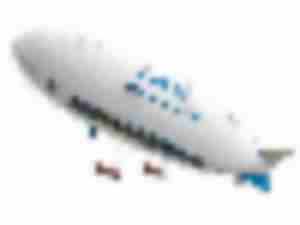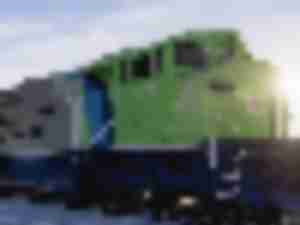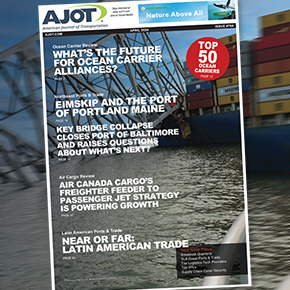
Airships offer intriguing potential for project freight
Airships may be making a comeback and lifting project freight could be the reason.

Is there a track to net zero for US railroads?
Railroads might be the most energy-efficient way to move freight in North America, but it isn’t green.

Wabtec’s path to greener rail
Wabtec’s FLXdrive battery-electric locomotive engines might be the beginning of an answer on how railroads can reduce their carbon footprint.

SMC³ courses helping to fill the LTL knowledge gap
LTL is arguably the leading performance sector in trucking. But understanding the LTL market doesn’t come easy and SMC³’s educational courses are working to fill the LTL knowledge gap.

Latin American grain exports land in unexpected markets
Two agricultural shipping routes this year linked with greater frequency the southern regions of South America with distant Northern Africa: Argentina with Algeria and Brazil with Morocco. Their cargo – wheat.

Great Lakes wind power: Will a saga of lost chances change?
Bringing wind power to the Great Lakes has thus far been a saga of missed opportunities with more time spent on legal challenges than engineering complexities. But is that changing?

For global automakers regionalism is the new trend for supply chains
Few supply chains rival those of global automakers, both in terms of complexity and efficiency, with China taking a lead role in the production of thousands of different vehicle components for use worldwide.

China-centric supply chain changing
The China-centric supply chain may be giving way to sourcing alternatives but is still the biggest game in town.

Lynden makes the tough stuff ordinary
The run from Houston, Texas to Prudhoe Bay, Alaska is 4,500 miles and there is nothing regular about this regular run. Then again, Lynden which provides services to Alaska specializes in working in tough environments.
© Copyright 1999–2024 American Journal of Transportation. All Rights Reserved

